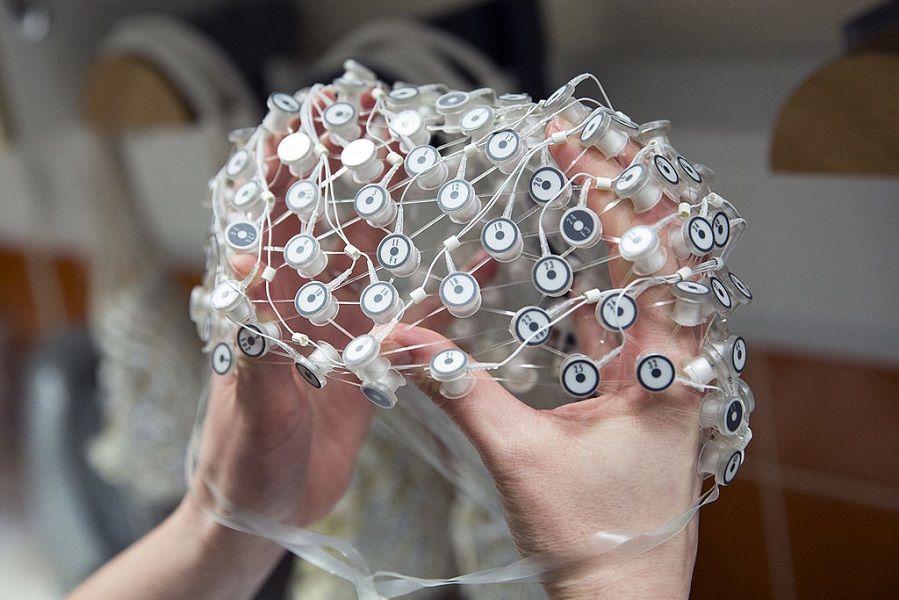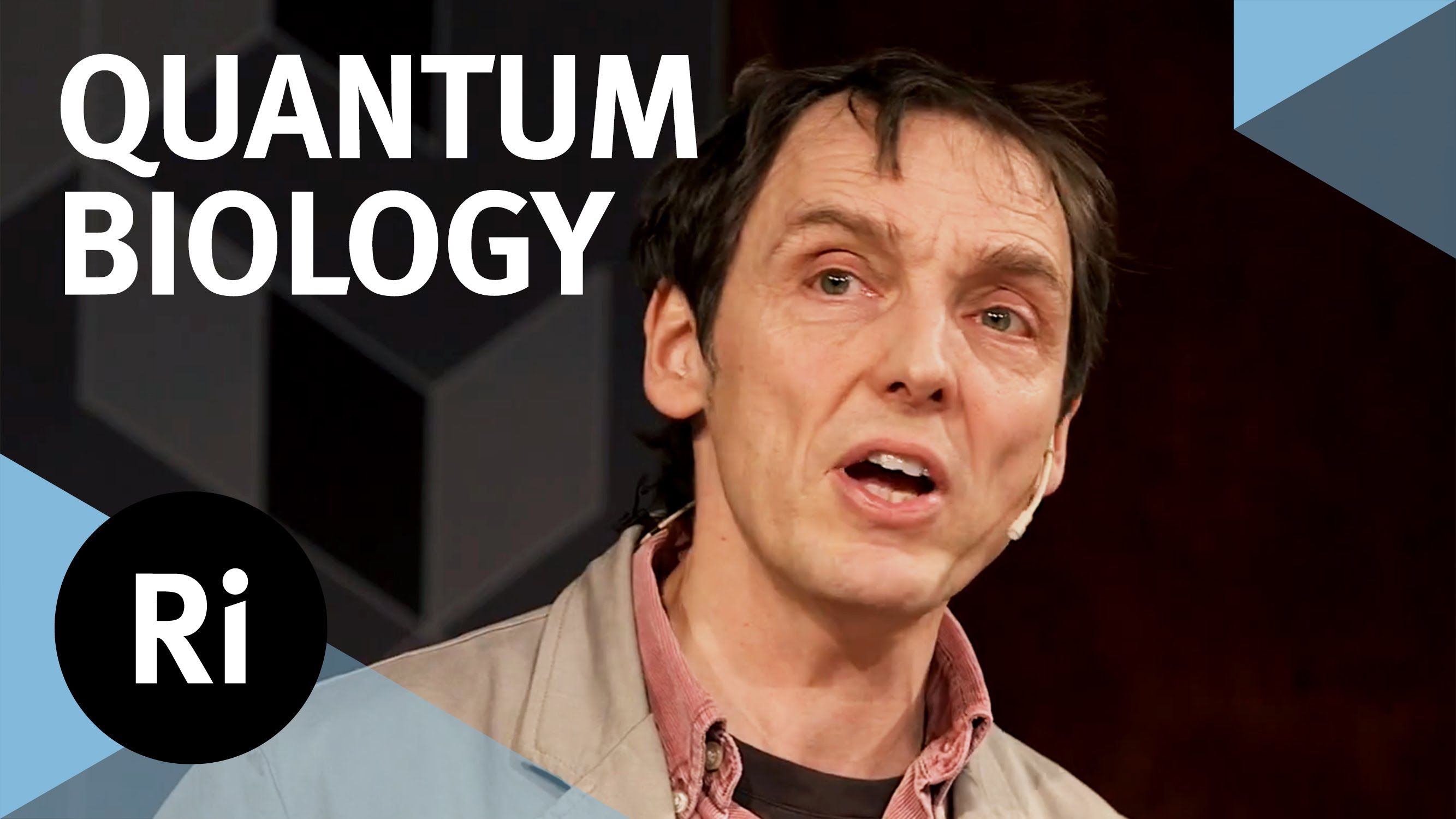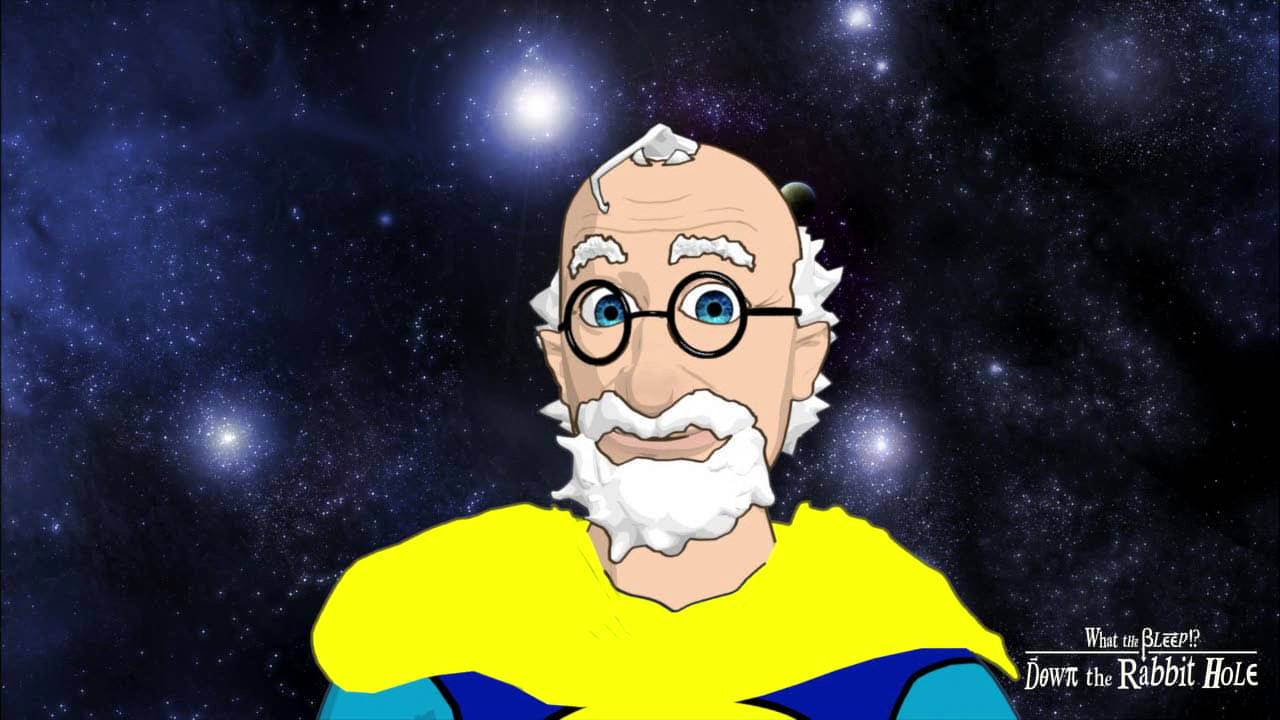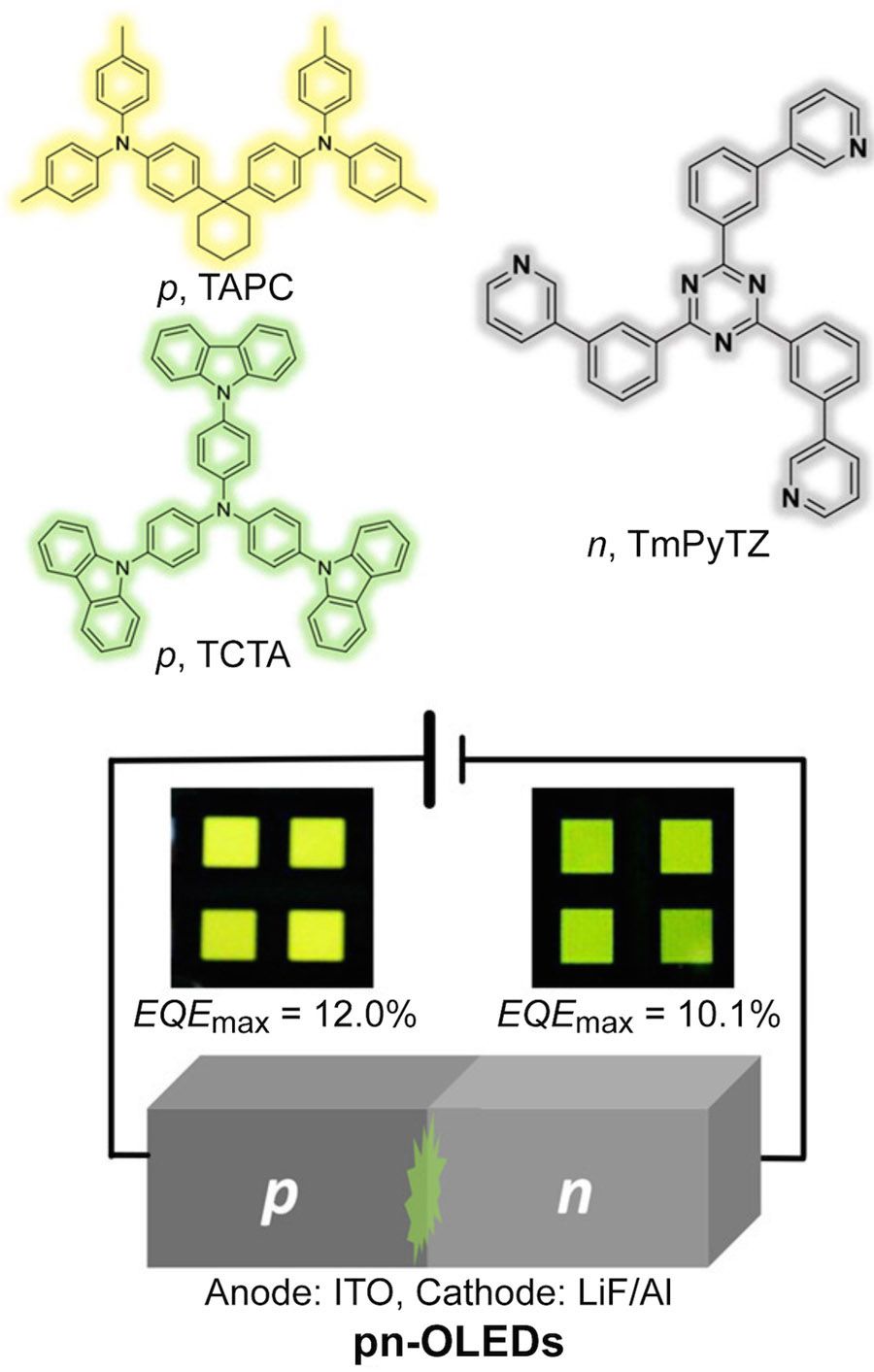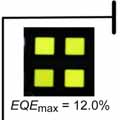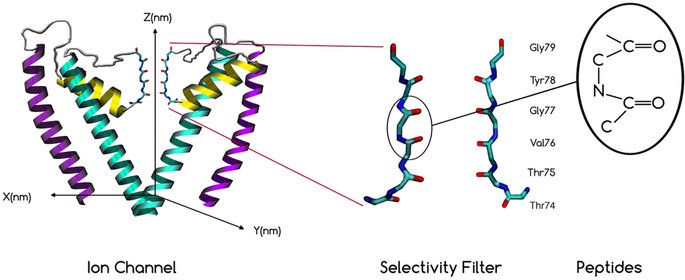Researchers have found two different neural paths responsible for decision-making processes in humans, related to accuracy and speed. The results of this research could help scientists create better treatment for patients suffering from neurological disorders. ( Oli Scarff | Getty Images )
Two new mechanisms responsible for the balance between speed and accuracy in the humans’ decision-making process have been identified. Researchers have brought new insight on how quickly a decision can be made and on the amount of information necessary to make it.
The research, conducted by scientists from the Medical Research Council Brain Network Dynamics Unit at the University of Oxford, was published in the journal eLife, and it explains in greater detail a type of brain wiring that could be employed in treating neurological disorders, such as Parkinson’s disease.
